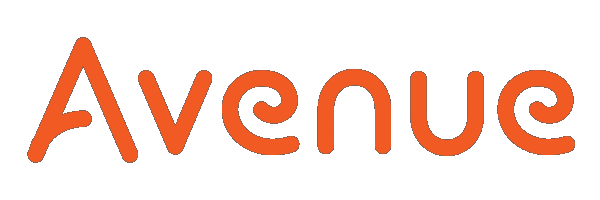Adding a Database
Margarita Berezyanskaya
Last Update há um ano
The Database module makes it possible to design and build online forms for students and/or teachers to create, view, and search a bank of record entries (also called 'records') about any topic of your choice. The templates and possible fields for the Database entries offer an unlimited range of options that includes images, files, URLs, numbers, and text, to name a few. The Database forms can be made up of a variety of fields, including checkbox, date, file, latitude/longitude, menu, multi-select menu, number, picture, radio buttons, text field, text area, and URL. The Database templates allow teachers to edit the forms and format the student view when they add an entry, view a list of entries, or view single entries. The template editing tools make it possible to create forms with a wide variety of appearances suiting a particular teacher's needs. It is also possible to re-create real forms that students need to practice within a controlled and private online space. Teachers can add comments and rate/grade student Database entries. The entries can also be exported for use elsewhere and the templates/fields can be exported for use as presets in other Database activities in the same or other courses. With so many options, the Database module provides a great deal of flexibility for teachers and a wide range of opportunities for students to practice their skills.
Using the Database Activity to Enhance Blended Learning
The Database module can be used to gather or display information for any purpose, including needs assessment, learner self-reflection, skill-using/practice activities, or even for portfolio skills assessments. Teachers can use the Database settings to allow students to see entries by their classmates, or to keep student entries private, as appropriate to the activity. Databases are commonly used to give students an online space to collaborate by building a collection of resources about a given topic (for example, community centre programs), displaying student-generated work, gathering information or opinions on a particular subject or maintaining a student log. In addition to these possibilities, the Database module can also act as a student file storage area.
The Database module can be used as part of a student assessment strategy, particularly for writing skills. In some situations, it may be effective to deliver these online instead of in the classroom. These types of assessments should be carefully considered, especially in settlement language training programs, to ensure that some students are not at a disadvantage or have their results skewed because of their limited knowledge or lack of suitable technology skill.
The Database module can be used as part of a student assessment strategy, particularly for writing skills. In some situations, it may be effective to deliver these online instead of in the classroom. These types of assessments should be carefully considered, especially in settlement language training programs, to ensure that some students are not at a disadvantage or have their results skewed because of their limited knowledge or lack of suitable technology skill.
In addition to assessments, teachers can use the Database module to provide students with opportunities to practice the English language. Database activities can be very useful for giving students the opportunity for self/peer assessment and for practice filling in online forms and/or reading online tables of information.
Adding a Database Module Activity
This process has three parts:
- Part 1: Creating a new Database activity and Choosing the Database settings. (More information is available in the Adding a Database Activity to a Course article.)
- Part 2: Creating the fields for the Database entries (also called 'records'). (More information is available in the Adding Database Fields article.)
- Part 3: Editing the Database templates (or using the default templates). (More information is available in the Editing Database Templates article.)
Deployment Tips
- The Database activity is somewhat complicated but incredibly useful. Start slowly to avoid being overwhelmed by the fields, templates, and tables.
- The Database activity can be used to display information for students as well as gather information from them.
- The Database activity can be edited and formatted to replicate many real-world forms, both online and paper based.
Video Resources
Database Activity Part 1
Resources

